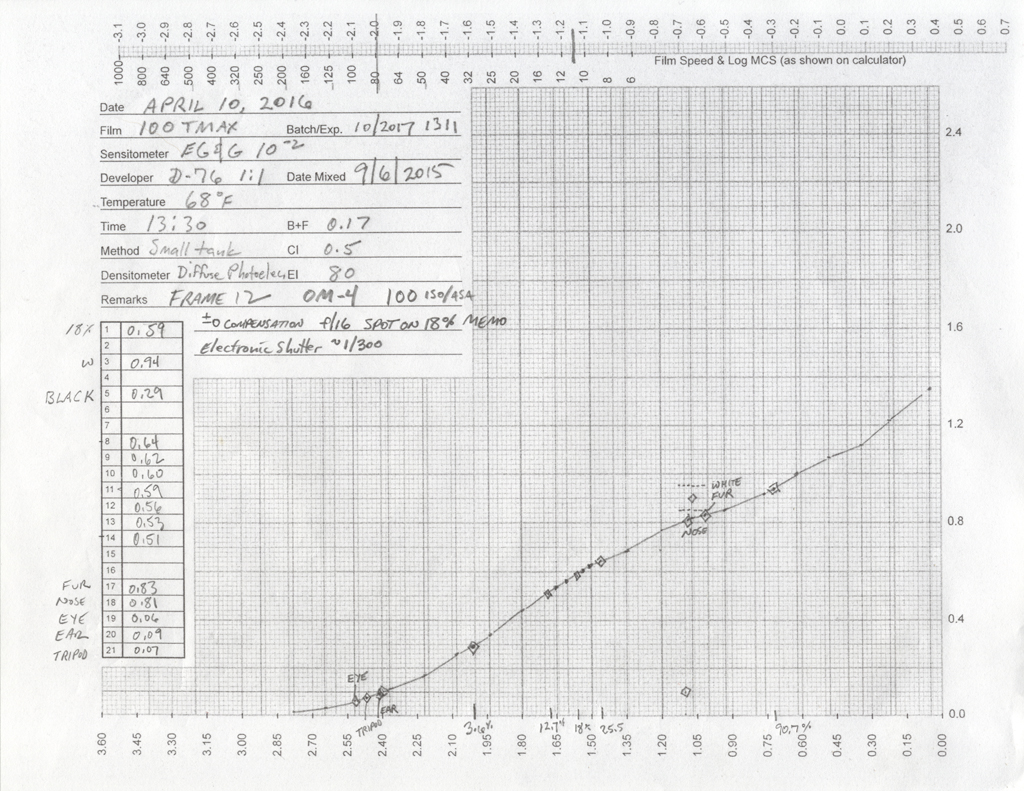Wait. Don’t do that. All your development times were fine here. All your film achieved it’s rated speed.
Consider the rated speed of film to be correct for determining exposure for all the example processes you graphed here.
Now you are free to “index” to the film speed to meet your favorite look. I suggest exposing as if film was 2/3 stop slower, not because I think the film is slower, but because greater exposure assures me of having adequate exposure.



 Reply With Quote
Reply With Quote



Bookmarks